6 Books For Arab American And Middle Eastern Heritage Month
Jennifer Epping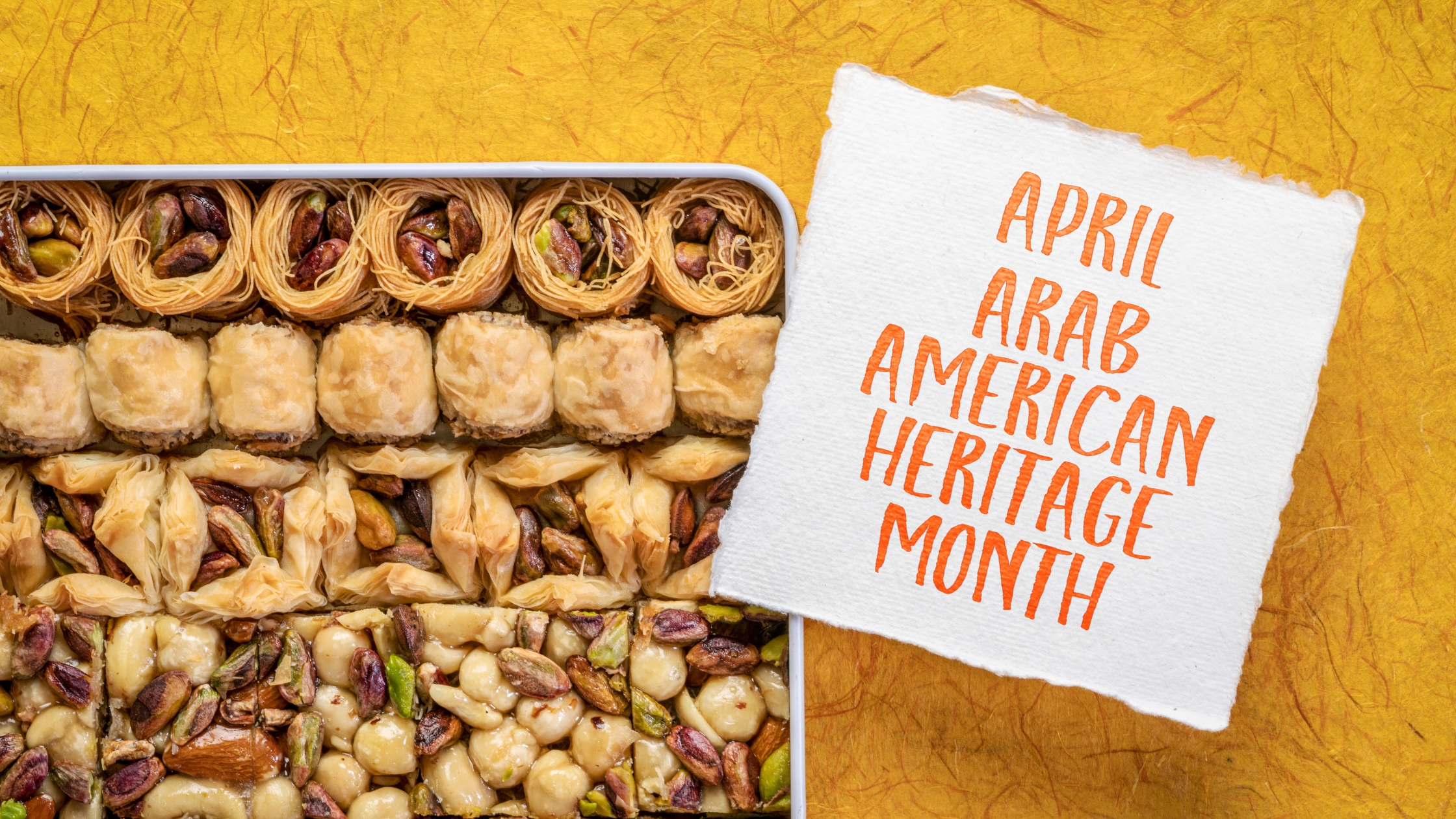
The best part of being an ELA teacher is getting to expose students to a diverse set of stories. To appreciate the new cultures and heritages more sincerely in a book, students have to start the book feeling like they understand or can relate to something with the characters with whom they spend time. So, during April and Arab American and Middle Eastern Heritage Month, I propose we take a look at how we are doing background research rather than a sit-and-get approach. I prefer a student-led and student-paced activity involving stations, a common goal, and time for students to interact with text, graphics, and cultural information, but also start to unpack it with peers.
Draw resources from the non-fiction list below from our Essential Voices collection to educate students on cultural norms, views, and history before they dig into the fiction titles listed. This can be easily adapted to fit books related to other culture and heritage celebrations, too.
Non-Fiction
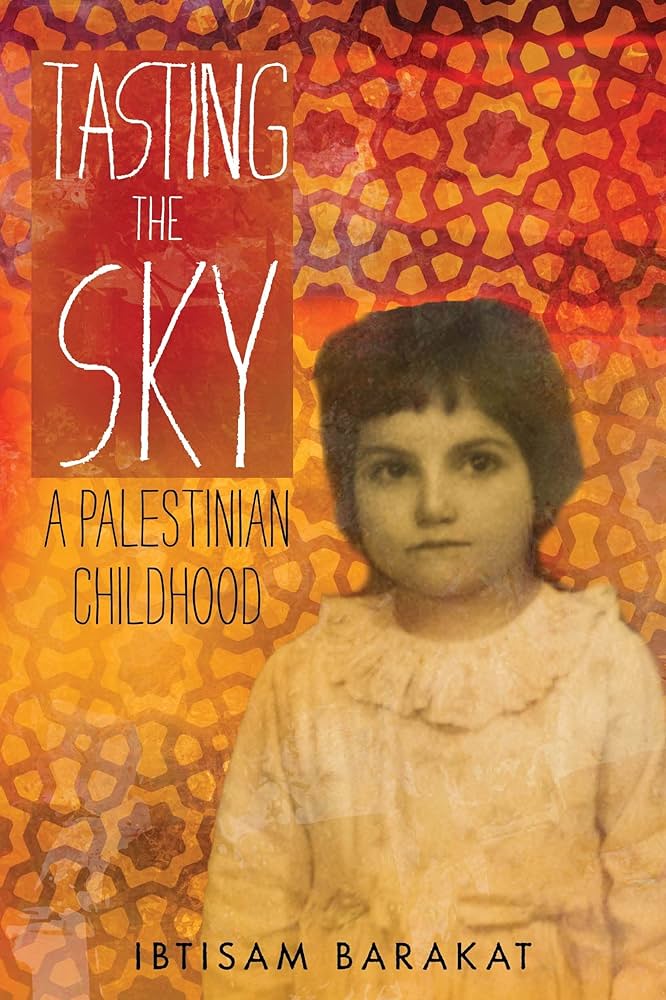 Tasting the Sky
Tasting the Sky
Adib Khorram
Palestinian-American author and poet Ibtisam Barakat describes her early childhood in Palestine during the Six-Day War of 1967 and the life-changing effects that followed this pivotal event. Combining richly descriptive prose and free-verse poetry, Ibtisam shares often painful memories of childhood losses, from her home and sense of security to her childhood innocence. Writing from a child’s perspective, Ibtisam transcends politics to poignantly highlight how war negatively impacts ordinary people’s lives. Thanks to the power of education, Ibtisam discovers emotional healing and self-expression through writing.
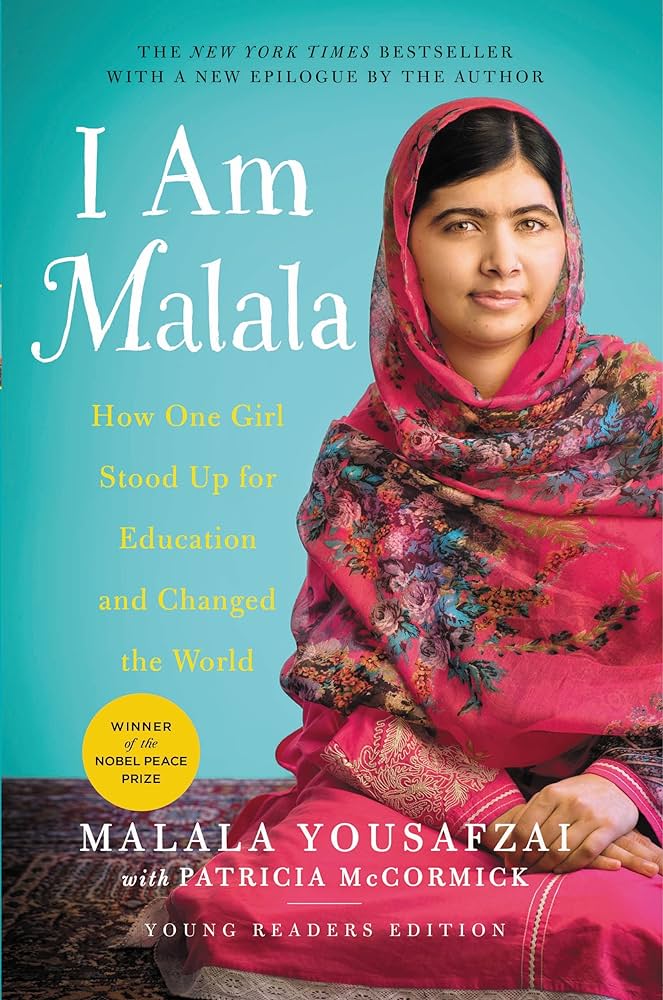 I Am Malala
I Am Malala
Malala Yousafzai
When the Taliban took control of the Swat Valley in Pakistan, one girl spoke out. Malala Yousafzai refused to be silenced and fought for her right to an education. On Tuesday, October 9, 2012, when she was fifteen, she almost paid the ultimate price. She was shot in the head at point-blank range while riding the bus home from school, and few expected her to survive. Instead, Malala’s miraculous recovery has taken her on an extraordinary journey from a remote valley in northern Pakistan to the halls of the United Nations in New York. At sixteen, she became a global symbol of peaceful protest and the youngest nominee ever for the Nobel Peace Prize.
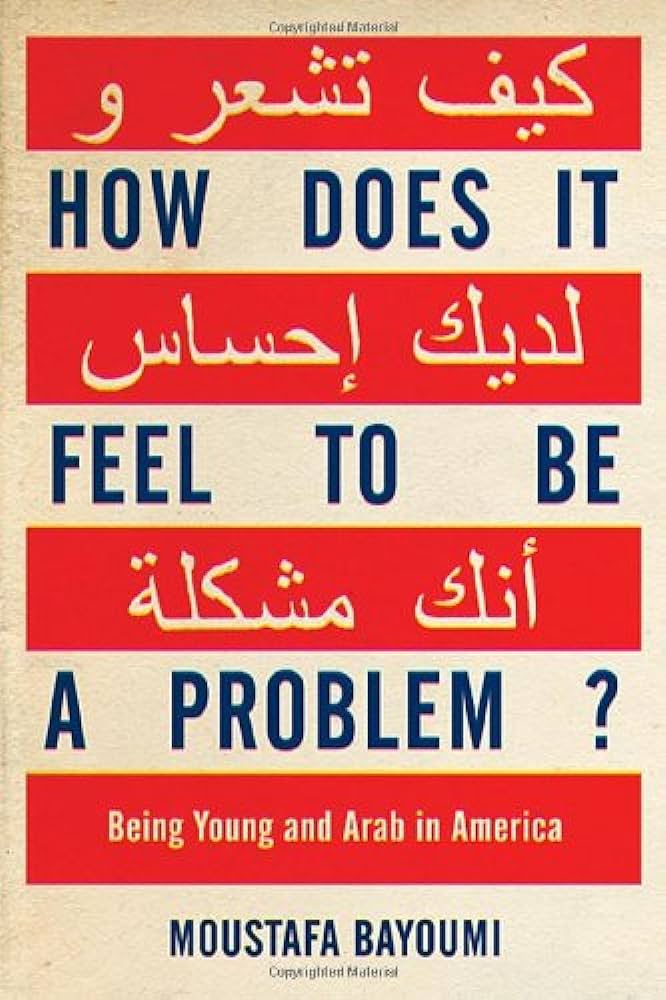 How Does it Feel to be a Problem?
How Does it Feel to be a Problem?
Moustafa Bayoumi
Bayoumi introduces us to a selection of young men and women who have found themselves part of the newest suspect class in the United States, a group that—following the 2001 terror attacks and the wars in Afghanistan and Iraq—went from simply invisible to being regarded with suspicion and even actively pursued. Centered in Brooklyn, New York, How Does It Feel to Be a Problem? offers a glimpse into the often-ignored struggles a group of twenty-something Arab Americans face—from discrimination in schools and workplaces to the horror of being arrested and thrown in jail without having committed a crime. But more than a catalog of mistreatment and discrimination, their stories are filled with hope, drive, and the pursuit of a better life.
Fiction
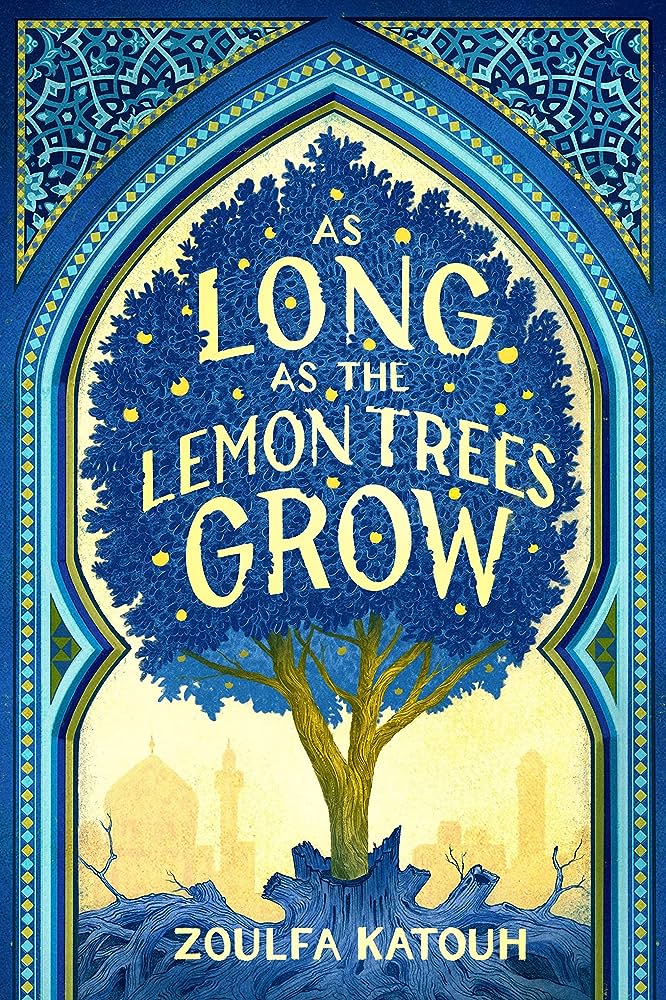 As Long as the Lemon Trees Grow
As Long as the Lemon Trees Grow
Zoula Katouh
Salama Kassab was a pharmacy student when the cries for freedom broke out in Syria. She still had her parents and her big brother; she still had her home. She had a normal teenager's life.Now Salama volunteers at a hospital in Homs, helping the wounded who flood through the doors daily. Secretly, though, she is desperate to find a way out of her beloved country before her sister-in-law, Layla, gives birth. So desperate, that she has manifested a physical embodiment of her fear in the form of her imagined companion, Khawf, who haunts her every move to keep her safe. But even with Khawf pressing her to leave, Salama is torn between her loyalty to her country and her conviction to survive.
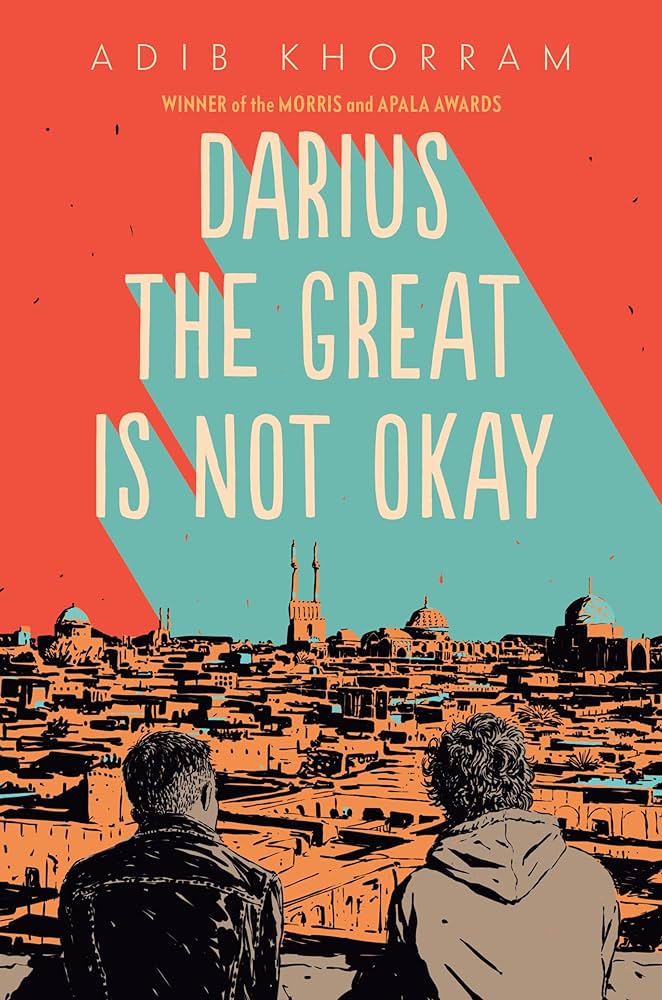 Darius The Great is Not Okay
Darius The Great is Not Okay
Adib Khoram
Darius has never really fit in at home in Portland, and he just knows things are going to be the same in Iran. His clinical depression doesn't exactly help matters, and trying to explain his medication to his grandparents only makes things harder. Then Darius meets Sohrab, the boy next door, and everything changes. Sohrab introduces Darius to all of his favorite things—mint syrup and the soccer field and a secret rooftop overlooking the city's skyline. He gets Darius an Iranian National Football Team jersey that makes him feel like a True Persian for the first time. And he understands that sometimes, friends don't have to talk.
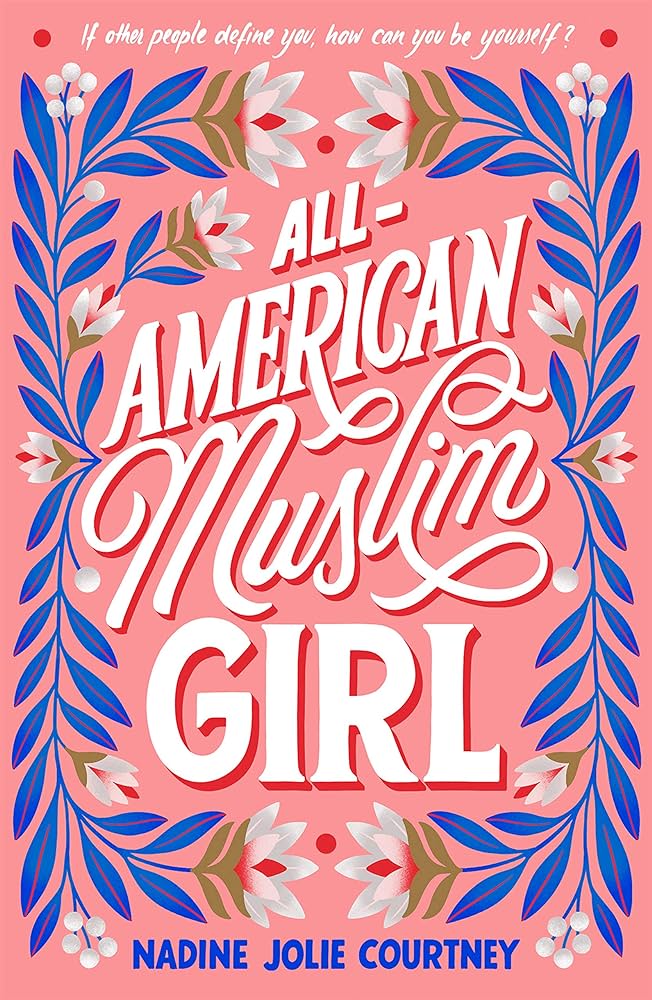 All-American Muslim Girl
All-American Muslim Girl
Nadine Jolie Courtney
Allie Abraham has it all going for her—she’s a straight-A student, with good friends and a close-knit family, and she’s dating popular, sweet Wells Henderson. One problem: Wells’s father is Jack Henderson, America’s most famous conservative shock jock, and Allie hasn’t told Wells that her family is Muslim. It’s not like Allie’s religion is a secret. It’s just that her parents don’t practice, and raised her to keep it to herself. But as Allie witnesses Islamophobia in her small town and across the nation, she decides to embrace her faith—study, practice it, and even face misunderstanding for it. Who is Allie, if she sheds the façade of the “perfect” all-American girl?




